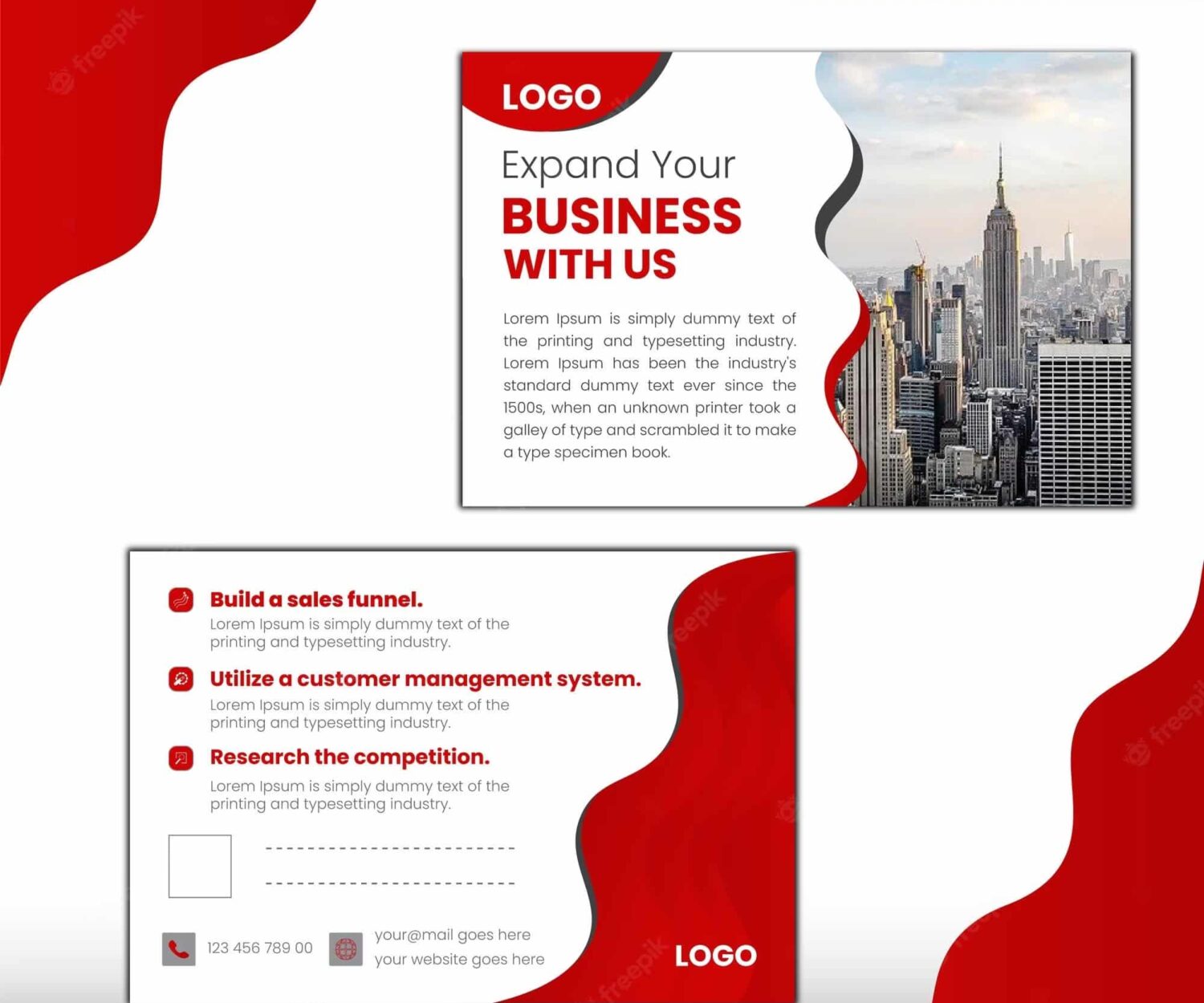The greatest ROI can be gained from email marketing campaigns. However, trying to achieve those ROI numbers through email marketing campaigns isn’t easy. You must use multiple strategies and track various metrics to ensure that your marketing campaign works and boosts your revenue. Bounce rates are one of the most important metrics in email marketing. Learning how to reduce email bounce rate will greatly improve ROI. Today we will go over 5 simple steps to reduce your email marketing bounce rate with pure code digital agency.
What is the percentage of emails that are returned to the sender?
The number of emails that could not be successfully delivered to recipients’ inboxes is referred to as the email bounce rate. Bounce rates are monitored by email providers and anti-spam networks to determine whether your company will be permitted to send emails in the future. Many of your subscribers may not receive your email campaigns if your bounce rate is high, resulting in future lost leads and conversions for your business.
There are two types of email bounces that we will cover:
- Hard Bounce
- Soft Bounce
What is a ‘soft bounce’?
If an email fails to reach the recipient, it’s considered a soft bounce. There are several reasons why you may receive a soft bounce because
- Your recipient’s inbox was full
- The recipient’s email server is down or offline
- Your email message is too large
These type of bounces are out of your control. But ensure that you are sending quality emails to always play it safe. the best approach in how to avoid soft bounces, is to always use an email marketing campaign that works for you.
What is a ‘hard bounce’?
An email that bounced back because the email provider did not accept it is referred to as a hard bounce. This is a more critical reason as to why the email sent has bounced. The following are some of the reasons why you might receive a hard bounce:
- Your recipient’s email address is incorrect
- Your subscriber deleted their email address
- The domain you sent your email to doesn’t exist or is incorrect
In most instances, the reason for this type of hard bounce is that your subscriber’s email provider blocked your message from being delivered. Always ensure that you are using a good email marketing software to lessen the chances of this happening.
How to calculate email bounce rate and verify if you have good email bounce rate
Let’s go over how email bounce rate is calculated now that you know more about the causes of an email bounce.
How to calculate the email bounce rate:
(Number of Bounces / Total Number of Emails Sent) × 100 = Email Bounce Rate
In this example, we’ll use the email bounce rate formula to calculate the percentage of emails that bounced back. Suppose you sent 300 emails and 30 of them bounced back. In this case you would have a 10% email bounce rate.
The 5 simple steps to reduce email bounce rate
Finally, we will dive into 5 ways to reduce email bounce rate. Know that you know all about email bounce rates, lets dive into how to reduce it.
Regularly clean your email list and remove inactive contacts and focus more on your engaged audience.
It’s unlikely that people will keep the same email address for life; they may switch providers, change jobs, or change their names. If you send messages to invalid email addresses, they will have a %100 chance of bouncing back to you. Ensure you have the correct email address for your subscribers by reviewing your email lists frequently. Ensure that you have removed any addresses from inactive subscribers. An inactive recipient may indicate that they do not currently use their email address or check their inbox. If they delete their email address in the future, your emails will be undelivered, resulting in a higher bounce rate.
Frequent sending is important
The most effective way to prevent email bounces is to send emails frequently. Sending consistent messages will remind subscribers that they opted in for your emails, preventing them from forgetting. You can also send different kinds of emails to keep your messages engaging and diverse. For example, you can showcase your blog posts, videos, or new product releases. Your company’s subscribers will expect to receive emails from your company in exchange for subscribing.
Use opt-in system
The most frequent cause of emails being returned is an invalid recipient email address. In order to reduce your email bounce rate, you should establish permission-based email subscriptions. double-opt-in or permission-based email subscriptions can help you ensure that your subscribers enter the correct email address when they sign up for your emails. When a user signs up for your emails, you’ll send them an email with a link asking them to confirm their email address. Upon confirmation, you will know you have the correct address and can rest assured that your emails will be delivered correctly.
Avoid creating content that looks spammy
Avoid creating spammy content if you want to reduce email bounces. Subscribers and email providers don’t like spam. If your content is written like spam, your recipient’s email providers might block your email, resulting in a higher email marketing bounce rate. The best way to avoid spammy content is to create personalized emails tailored to your subscribers’ interests and provide them with the information they need to solve their problems. It’s important to avoid copying and pasting the same content or using misleading subject lines and headings to entice users to open your emails.
Your bounce rate should be monitored consistently
It’s important to monitor your email marketing bounce rate to gauge the success of your campaigns. You should inspect for what might be causing a high bounce rate for certain mailing lists or emails, such as invalid email addresses. You can then take steps to improve your campaign, such as removing spammy content, to reduce your bounce rate. With this approach, you can reach all your subscribers and prospects through email marketing, resulting in more conversions and revenue.
Reduce email bounce rate with Pure Code Digital Agency
Want to decrease your email bounce rate, and increase conversions? Pure Code is the company to help you. If you are ready to launch your revenue-driving email campaign? Please contact us at 877-254-2860 or complete our contact form to get started.













